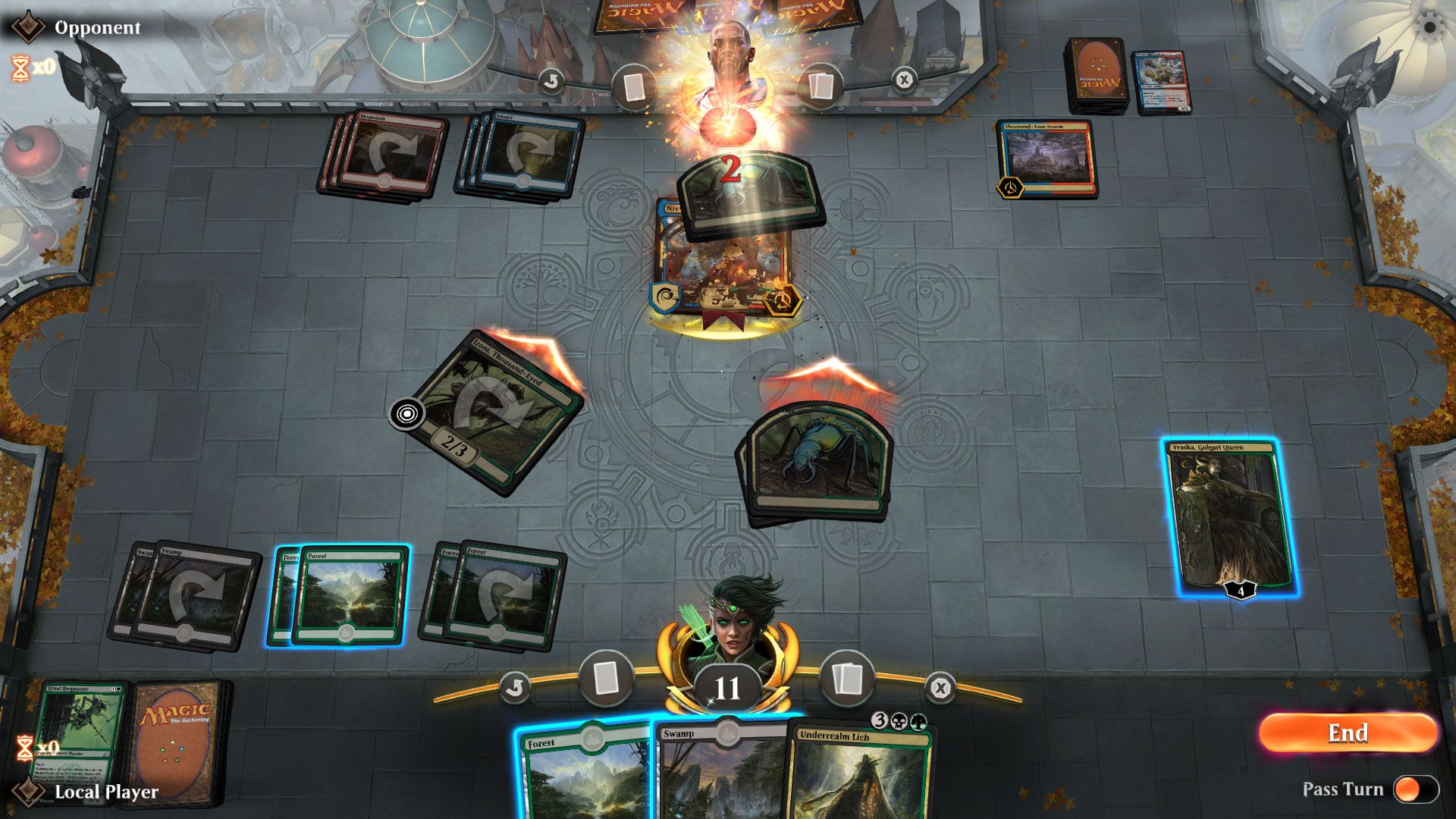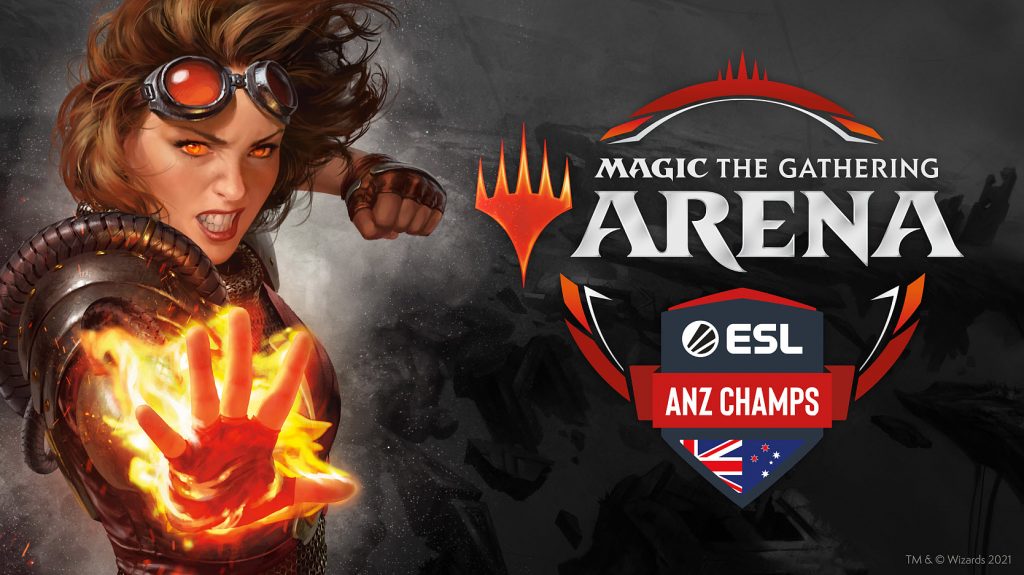
You can activate the abilities of the planeswalker by spending loyalty.

They enter the battlefield with a certain amount of loyalty based on the number on the bottom right corner. Planeswalkers are the last kind of permanent, and they’re complex. Regardless, they stay on the battlefield after they’re cast. Sometimes they’ll have an effect when they enter the battlefield or an ability you can activate. Unlike creatures, artifacts and enchantments can’t attack or block. All creatures are affected by something known as “summoning sickness,” which means the creature can’t attack the turn it’s played.Īrtifacts and enchantments are also permanents, but they’re reserved for a separate area of the battlefield. The main attributes are their power and toughness, which will be used to resolve combat (more on that in a later section). There are some special lands that either have abilities or tap for multiple colors that may enter tapped, meaning you’ll have to wait until your next turn to use them.Ĭreatures are permanents, as well. Lands “tap” (or activate) for one mana corresponding to their color, and they don’t “untap” (deactivate) until your next turn.īasic lands - the five lands that tap for a single mana - enter the battlefield untapped and can be used right away. They’re permanents, and you’re only allowed to play one per turn. LandĪs described above, lands are the most important aspect of Magic. “Paradise Druid” would be considered a permanent. Permanents, on the other hand, stick around on the battlefield. “Time Wipe,” for example, is a spell, so after the card has been resolved, it goes into your graveyard. Spells are cards that go to your graveyard after resolving.

Although there are multiple card types in Magic, they can be broken down into two broad categories: spells and permanents.
MAGIC ARENA HOW TO
Now that you know how to cast spells, it’s time to learn about the different types of spells you can cast. To further drive this point home - it’s often one of the most confusing for new players - there’s another example to the left, “Time Wipe.” This card requires two mana of any color, two white mana, and one blue mana, bringing the total converted mana cost to five. That’s because we need one green mana and one mana of any color. Using “Paradise Druid” as an example again, we could cast it if we had a mountain and a forest, but we couldn’t cast it if we had two mountains.

You’re only allowed to play one land per turn, unless you have a card that says otherwise. Islands produce blue mana, swamps produce black mana, mountains produce red mana, forests product green mana, and plains produce white mana. There are five colors of Magic, and each color has a basic land that produces that kind of mana. You can use mana by tapping lands, which is where resource management comes into play.

For example, to the right is the card “Paradise Druid.” It has a mana cost of two, which is made up of one mana of any color and one green mana. The cost of a card is noted in the top-right corner. Each card in the game has a mana cost, which notes how much mana you’ll need to spend for the card, as well as the specific color or colors of mana. Magic is a game of attacking and blocking, but it’s also about resource management. Instead, you can only attack your opponent directly, and they can choose if they want to block or not. Unlike in games like Hearthstone, you can’t choose to attack opposing creatures. In most cases, you’ll diminish your opponent’s life total by attacking with creatures. Alternatively, if a player goes to draw a card and there are no cards in their library, they lose the game, too. Each player starts with 20 life points, and the first player to reach zero life points loses the game. For the purposes of this guide, we’re focusing on MTG Arena, which has two main formats.īefore getting to that, though, we have to talk about the basics of Magic: It’s a card game where two players will take turns casting spells. Magic: The Gathering has a variety of formats, each with their own particular focus.


 0 kommentar(er)
0 kommentar(er)
